HOME >> INGREDIENTS >> ALL INGREDIENTS
BALANCE

Ingredients in balance

Ashwagandha

Astragalus

Chinese Licorice
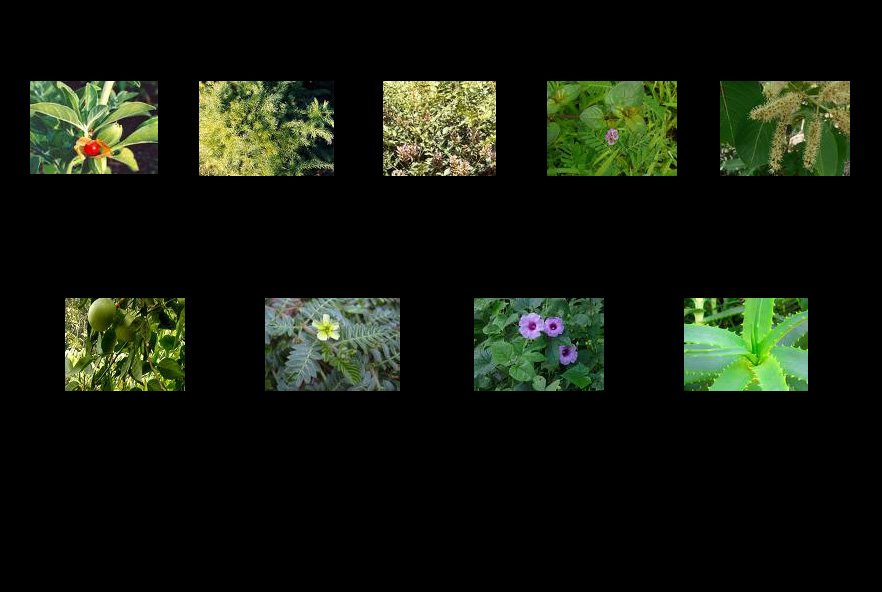
Dashmula

Fo Ti (Polygonum multiflorum)

Ginseng

Guggulu

Hawthorn Berry

Hibiscus

Marsh Mallow Root

Pau d’Arco

Rose Hips

Sarsaparilla root

Schizandra

Shih Hu

Slippery Elm

Suma Root

White Peony
COMBI
Many people have an intestinal tract that is blocked with old fecal matter and built up Mucoid layers. Many have parasites or bacteria that are surviving in an overgrowth condition. They exhibit symptoms of constipation, diarrhea, spasms, inflammations, or excessive wind. Comb has been designed to help the peristaltic action of the colon by bulking, nourishing and feeding the healthy bacteria. It consists of Flax seeds, Wildcrafted Psyllium seed husk powder, Slippery Elm powder, and Chia seeds. Combi nourishes and tones the tissues and cleanses deep pockets of old matter.
Psyllium seed husks support the intestine’s muscular activity and facilitate regular intestinal movements without irritating the intestinal Unlike conventional pharmaceutical laxatives, this plant product is gentle in its effects, and is not addictive.
Psyllium seed husk is an excellent colon and intestinal cleanser, removing toxins and restoring tone to the mucous membranes.
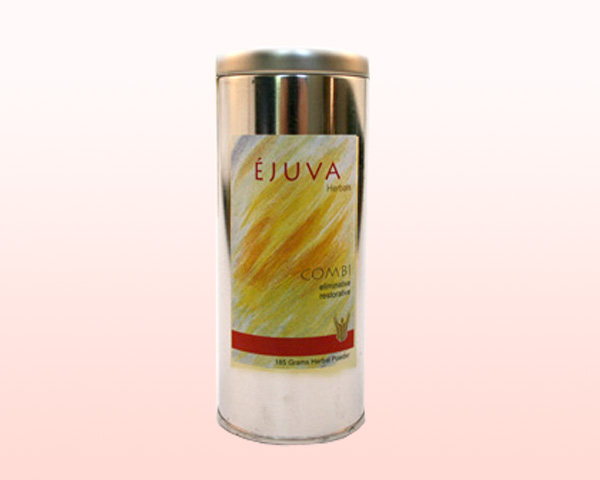
Studies have identified reduced cholesterol levels as one of the positive side effects of ingesting psyllium seed husks. Flax seeds, with their high content of lignine, and Chia seeds, with their mucilaginous qualities, enhance and complement the effects of the Psyllium seed husks. Mexican Indians have long used chia seeds to enhance intestinal function, making a mucilaginous drink that strengthens and nourishes to the mucous membranes of the intestines. Chia also helps pituitary/gonadal deficiencies.
The Combi is mixed with water or juice in the form of a shake. This combination ensures that loosened deposits are quickly eliminated so that the toxins they contain will not be absorbed through the intestinal walls. Flax seeds contain 30-40% fixed oil which includes linoleic, linolenic and oleoic acids, mucilage, protein and linamarin. Flax has been used by herbalists for chronic constipation, diverticulitis, gastritis, coughs and eczema. Comb powder is produced using a proprietary low-heat method that retains all the Omega 6 and 3 oils, an especially significant fact for vegetarians.
Ingredients in combi
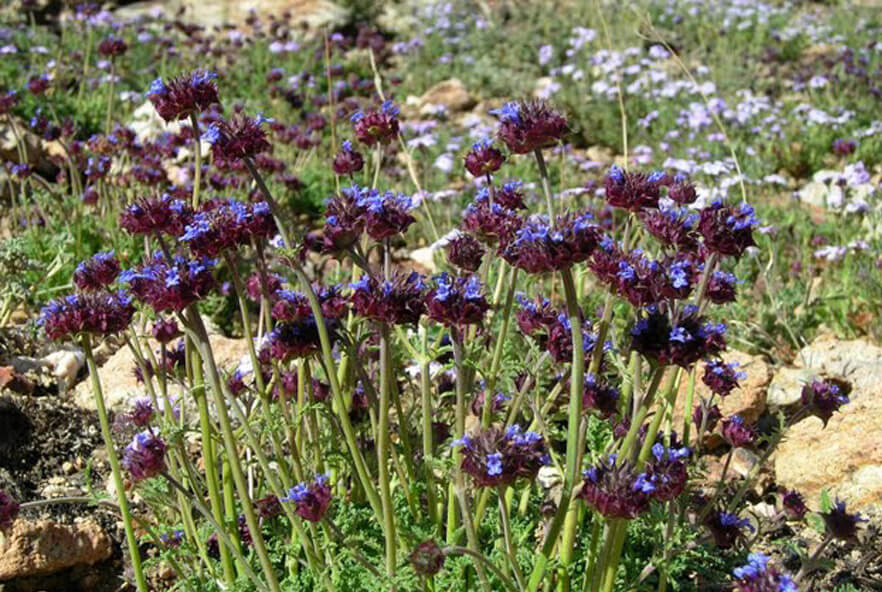
Chia

Flax

Psyllium seeds

Slippery Elm
POWER
Power consists of 25 herbs from the Americas, Europe and Africa, all hand-picked by small groups of individuals and dried at the moment of harvest. They are formulated to assist the breaking up of waste material in the colon, to rid the body of hardened Mucoid layers, to facilitate the cleansing of blood and tissues, and to cleanse the lymph of impurities. The ingredients have been synergistically combined and are experienced as a mild, yet deeply effective herbal supplement.
Power contains: Agrimony, Alfalfa powder, Angelica root, Cascara Sagrada, Calendula flowers, Chamomile, Chickweed, Dandelion, Date, Devils Claw, Echinacea root, Elderfiower berries, Fennel seed, Golden Seal, Green Papaya Powder, Horse-tail, Icelandic Moss, Amla, Red Raspberry leaf, Sassafras root bark, Stinging nettle, Turkey Rhubarb, Yarrow flowers, Yellow dock, and Triphala.

Ingredients in power

Agrimony

Alfalfa
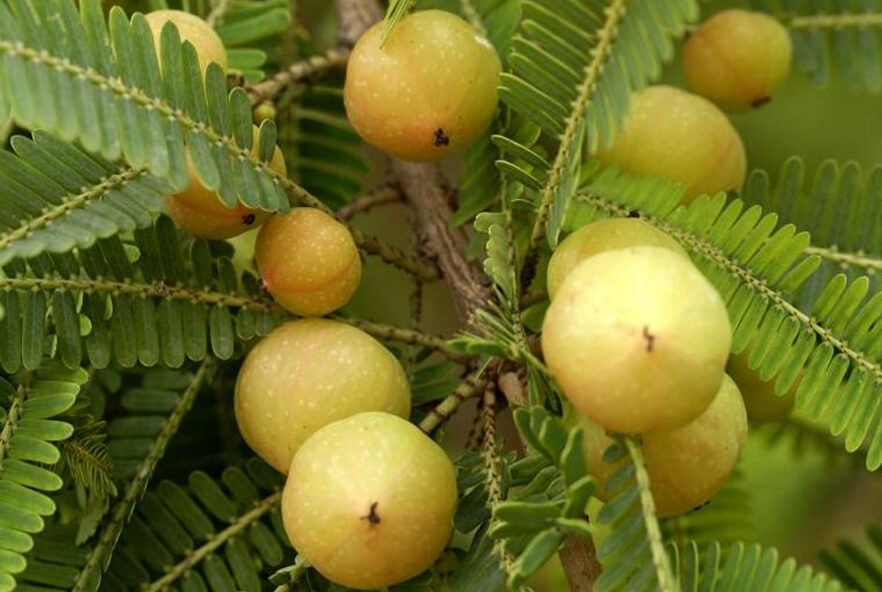
Amla

Angelica Root

Calendula Flowers
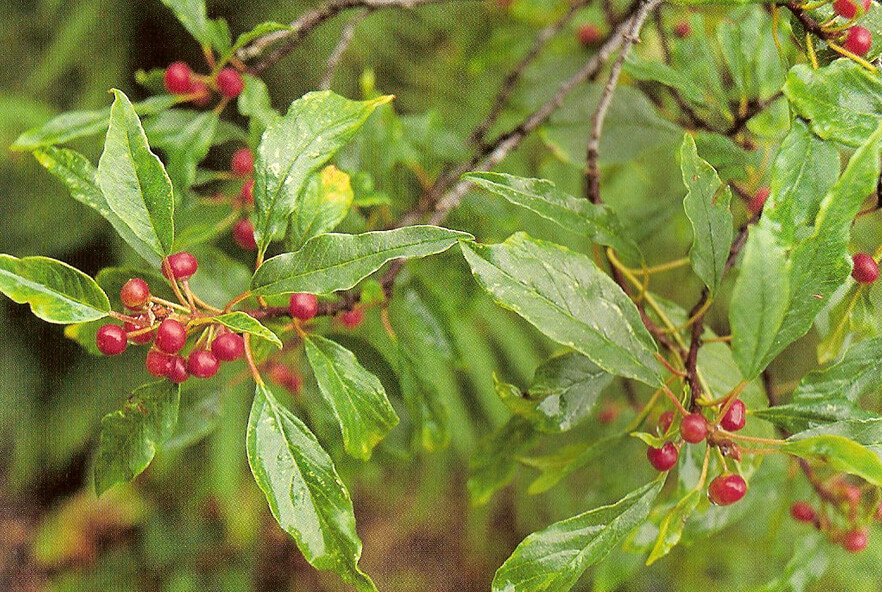
Cascara Sagrada

Chamomile
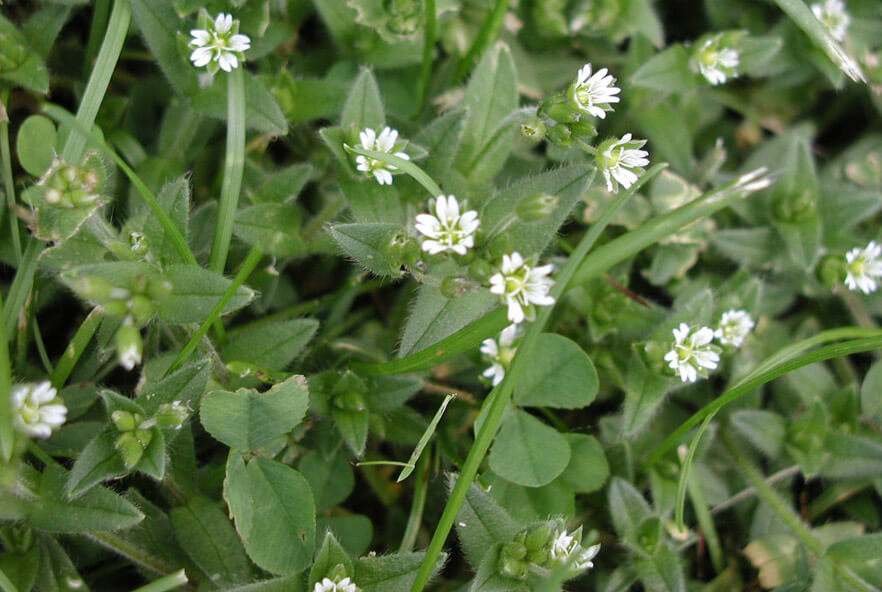
Chickweed

Dandelion

Echinacea Root

Devils Claw

Elderflower Berries

Fennel Seed

Golden Seal

Green Papaya Powder
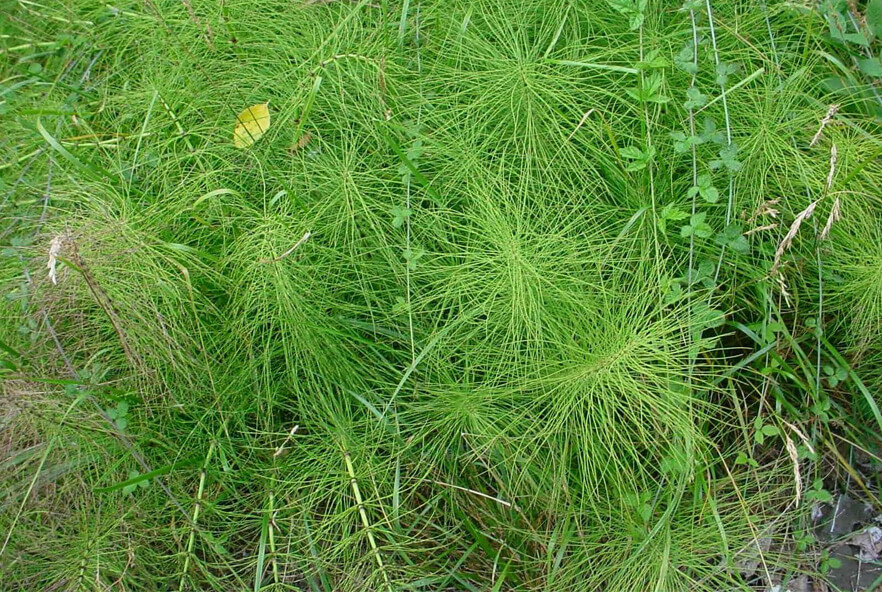
Horsetail

Irish Moss
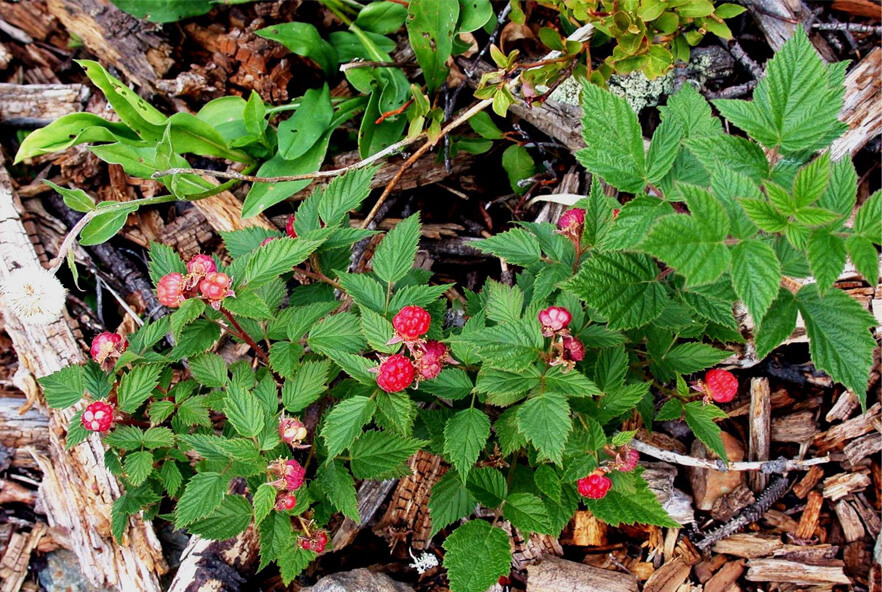
Red Raspberry Leaf

Sassafras

Stinging Nettle

Triphala

Turkey Rhubarb

Yarrow

Yellow Dock
RENEW
Made from organic Ayurvedic herbs from India, Wildcrafted herbs from the mountains of Japan, and the Pseudowintera colorata shrub from the pristine rain forests of north west New Zealand. This formula is designed to rid the body of yeast growths and parasites, regenerate the cells of the intestinal tract, and detoxify the body without the drying effects or high aluminum content of the Bentonite clay commonly used in other cleansing products.
Triphala, a key ingredient in Renew, is a combination of three ancient Ayurvedic fruits, Amalaki, Haritaki, and Bibhitaki, that has been used for centuries to balance the body and draw out toxins from the body. Highly absorptive, it is included in Renew to stimulate peristaltic action, create healthy intestinal PH, and remove heavy metals, drug residues, and other toxins. Triphala is also renowned for its ability to regenerate intestinal cellular health.
Renew contains: Amalaki, Bibhitaki, Haritaki, Trikatu, Date, Vidanga, Kutaja, Kamala, Cascara Sagrada, Turkey Rhubarb, Pau d’Arco, New Zealand Pseudowin-tera colorata (leaf), Japanese Parsley, Cnicus, Mandarin Orange, Liquorice, Atrac-tylis, Cypress, Cinnamon, Helen, Ginger, Rehmannia, Cloves, White Peony, Coptis.
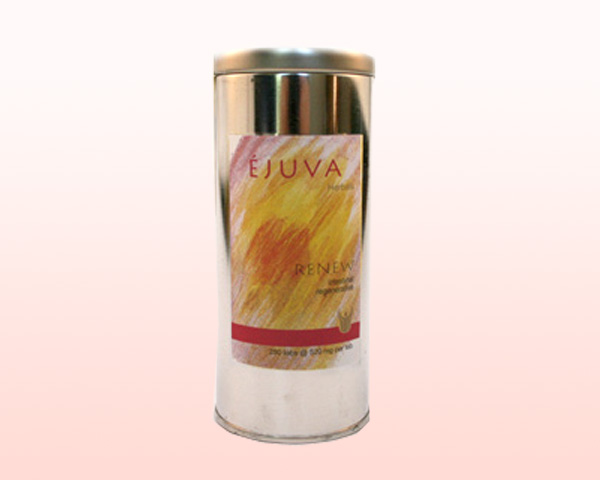
Ingredients in renew

Amla or Amalaki

Atractylis

Bibhitaki

Cascara Sagrada

Chinese Licorice

Cinnamon bark
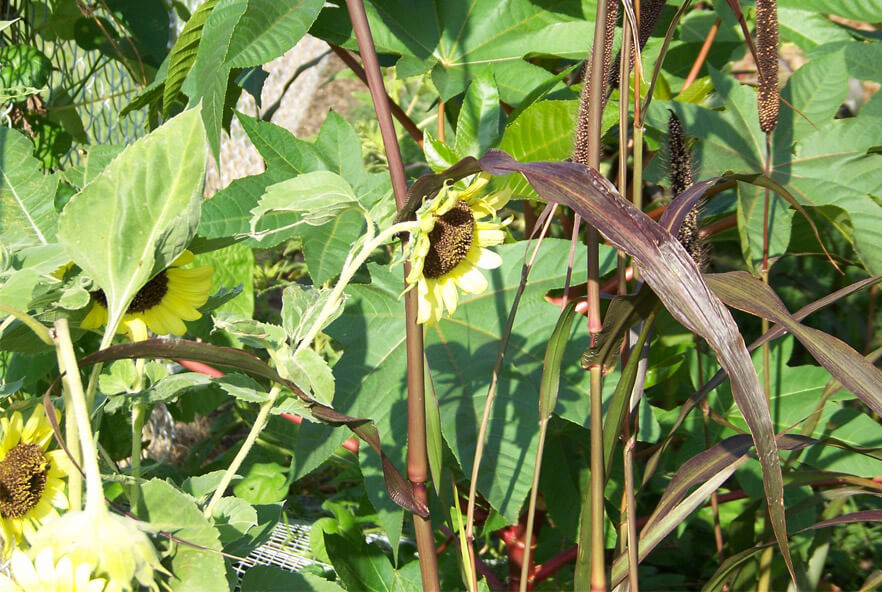
Cloves

Coptis

Cnicus root

Cypress

Ginger

Haritaki

Hoelen

Japanese Parsley Root

Kamala

Kutaja

Mandarin Orange
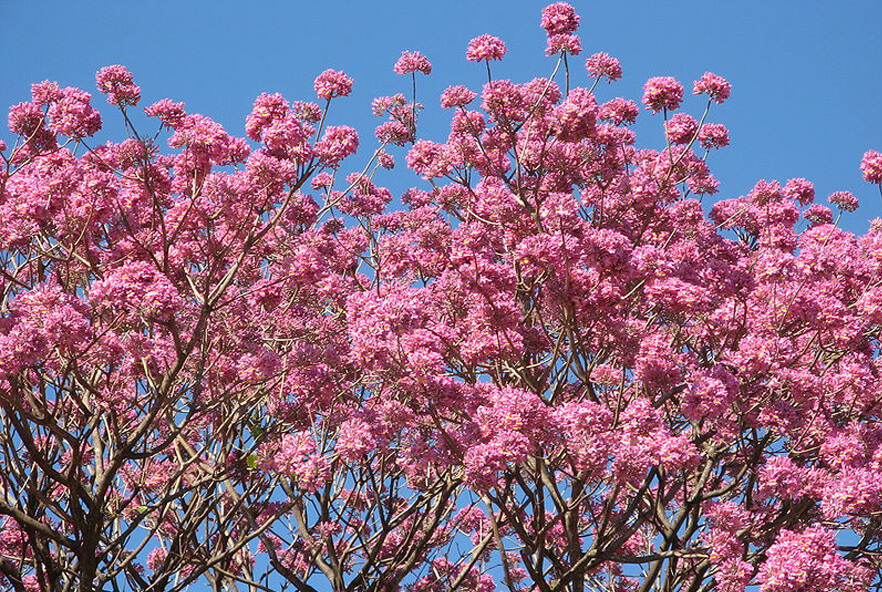
Pau d’Arco

Pseudowintera Colorata

Rehmannia Root

Trikatu

Turkey Rhubarb
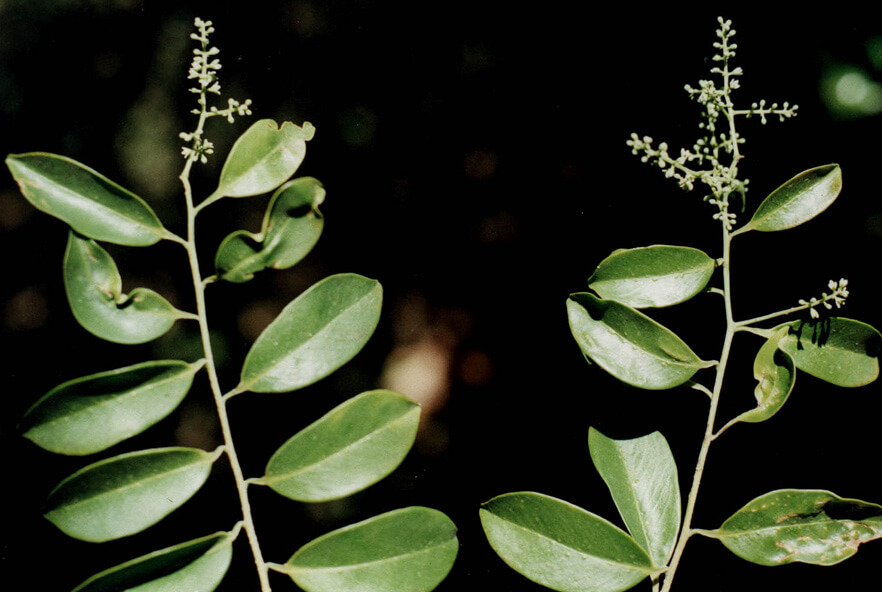
Vidanga

White Peony
VIBRAM
Flower essences are used in this formulation to help harmonize and balance the emotional changes that often accompany cleansing. The effects of emotions upon our health is a significant, and because the body’s chakras control the flow of subtle energy, emotional blockages may affect our organs, resulting in abnormal energy flow to various physiologic systems.
Over time, this disruption of normal energy flow can cause disturbances in the body’s internal organs. Especially important is the heart chakra, the central energy center in the chakra/nadi system. The expression of love is perhaps one of the most important lessons that we need to learn in life. Rosa Macrophylla, the Himalayan rose, helps the heart chakra.
Other essences are included for various chakras, and some are specifically used to allow rapid elimination of toxins and heavy metals. All these essences are in a base of the purest Ayurvedic plant oils. The Vibram formula is designed to be applied externally over the chakras and subtle energy centers, and wherever there is underlying pain.
Vibram contains pure plant oils and essences of Apricot, Ashwanganda, Basil, Nutmeg, and Saffron plus vibrational elixirs of Diamond, Lapis Lazuli, Marigold, Amethyst, Thulite, Beryl, Limestone, Corals (White, Black, Purple, Pink), Rosa Macrophylla, White Quartz, Aloe Eru, Gold, Valerian, and Sapphire.

Ingredients in VIBRAM

Apricot Flowers

Ashwagandha
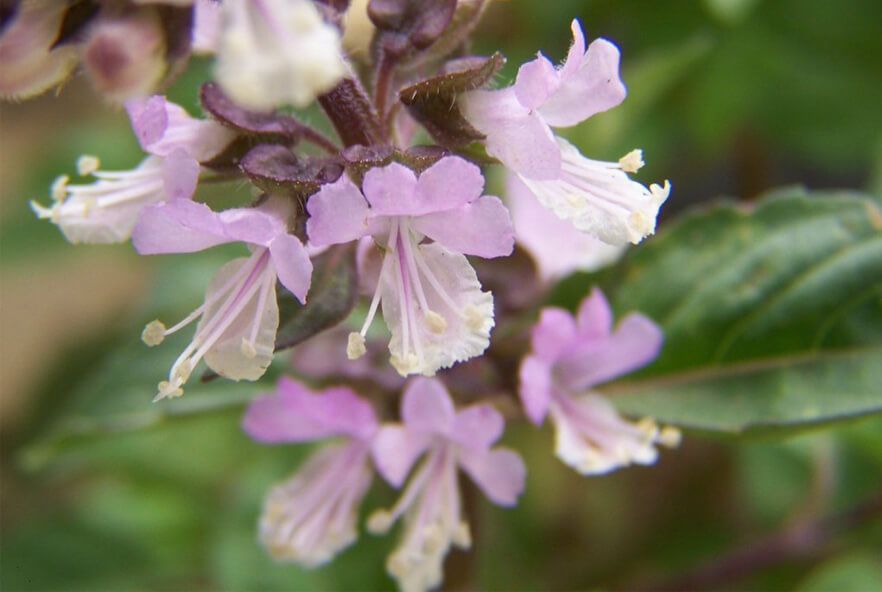
Basil
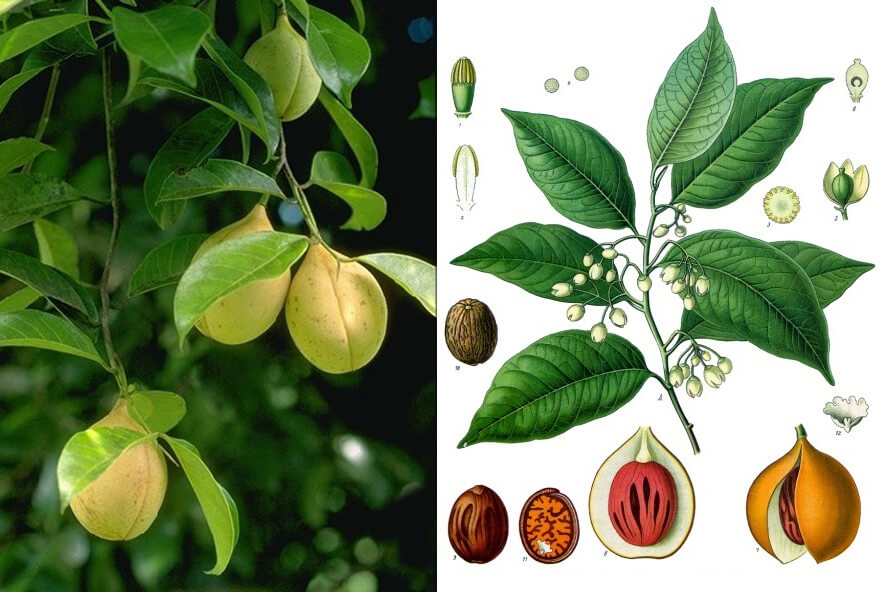
Nutmeg

Saffron

Marigold

Rosa Macrophylla

Aloe vera

Valerian

Black Coral

White Coral

Blue Coral

Pink Coral

Purple Coral
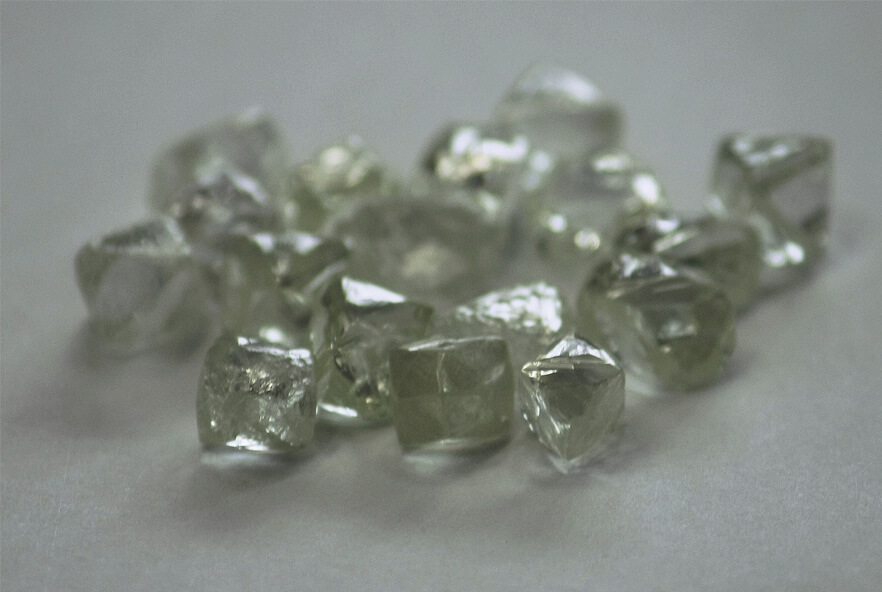
Diamond

Beryl

Lapis Lazuli

Limestone

Clear Quartz

Gold

Sapphire

Amethyst


Put in your email address and get access to 5 in 1 Book Of Cleanses worth $15.00 FOR FREE!
THIS WILL AUTOMATICALLY SIGN YOU UP FOR BLOGS.
Downlaod the Book Of Cleanse